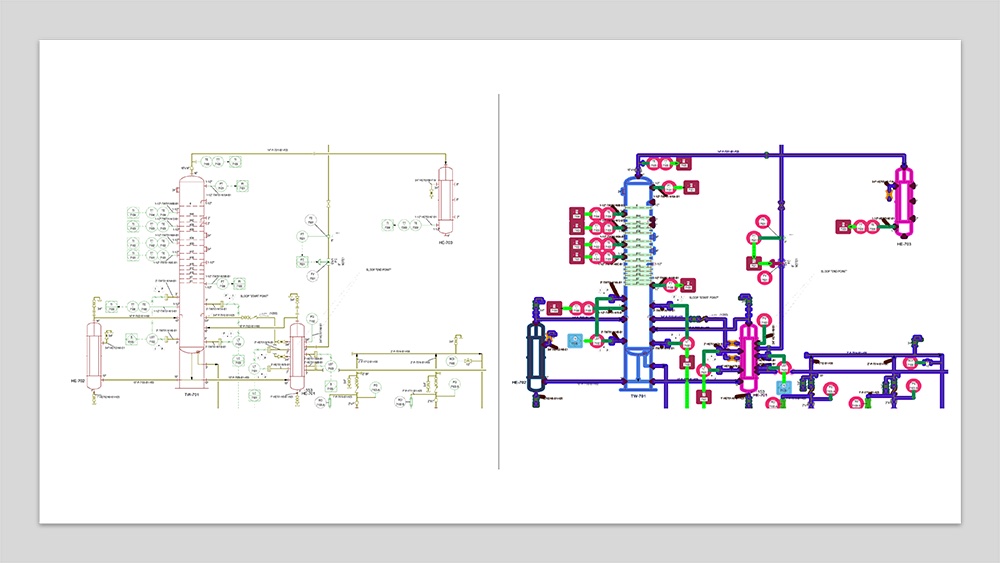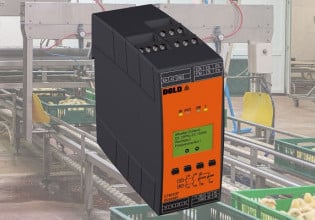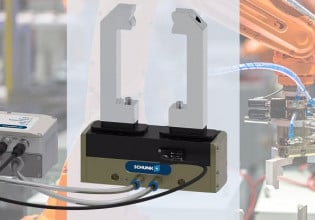Yokogawa Expands OpreX To Include Digital P&ID Interpretation
In an effort to boost automation efficiency across large systems, Yokogawa's OpreX Data Model Broker can now translate P&ID documents into parts lists and XML.
Yokogawa is one of the most well-known industrial automation and test/measurement solution suppliers in the world. With a full product line of control network system components and measuring devices, Yokogawa’s name is practically synonymous with automation. Recently, the company expanded its OpreX solutions brand to include software capable of reading piping & instrumentation diagrams (P&ID).

With the addition of new software, Yokogawa’s OpreX line is now capable of reading P&IDs. Image used courtesy of Yokogawa
What Are Piping and Instrumentation Diagrams?
When process designers or engineers need to lay out the pipework, components, and flow of a process, they do it via a P&ID. These diagrams are usually created using 2D CAD software, mapping out the process with symbols and lines to represent instruments, valves, piping, and other controls.
This diagram shows technicians and installers the types of instruments and valves that need to be installed and how the piping should be connected. Designers need to use these drawings to build a parts list of all the instruments that are required to build the equipment or plant. Maintenance staff also uses the drawings to troubleshoot or purchase replacement parts.

P&ID drawings can be quite simple, encompassing a single discrete process, while others are extremely complex, covering an entire plant or extended process in the field. Image used courtesy of Wikimedia
OpreX Data Model Broker
Designing a process today is much different than it was 40 years ago. With the help of sophisticated CAD software, designers can produce clear and accurate drawings of equipment and processes quickly and efficiently. A clear understanding of a P&ID is an important part of engineering and process design, but like checking the “I’m not a Robot” box, it's always been true a P&ID could only be read by humans.
For this reason, technicians must read P&IDs to extract vital information from the document before exchanging the data with other computer software. This can be time-consuming and, as with anything requiring human intervention, is prone to error.
Just-In-Time P&ID Reader to the Rescue
Just in time for the next big project, Yokogawa’s OpreX Data Model Broker comes to the rescue. Yokogawa’s Data Model Broker can analyze existing P&ID documents and extract instrumentation data and other information. The software can then be leveraged to build the list of instruments required by the process at hand.
Yokogawa explains its automated process detects the patterns of the symbols used in the design, and through a proprietary algorithm, the software can detect patterns and adjust automatically to increase accuracy. Compared to manual processes, Yokogawa’s software can reduce total labor time by as much as 60%.
.jpeg)
For many years, humans were able to interpret P&ID data in their design work, but computers were not. Yokogawa’s OpreX Data Model Broker automates the process. Image used courtesy of Adobe Stock
XML Generation
The OpreX data model software can also export an XML version of the input P&ID document compliant with international standard symbols. Once the P&ID is in XML format other software can easily read this format and analyze your designs. To perform this task manually an engineer would first have to have a very good understanding of XML, then be able to interpret the existing document, then translate it to XML.
A Timely Addition to Help Engineers Read P&IDs Accurately
P&ID documents are useful to many disciplines throughout the control and automation universe. Being able to easily export, share, and import these documents into other software can greatly reduce time spent re-entering information. By using software like the OpreX Data Model Broker, designers can quickly transfer their designs into simple instrument lists and computer-readable documents for other engineering software to analyze.






